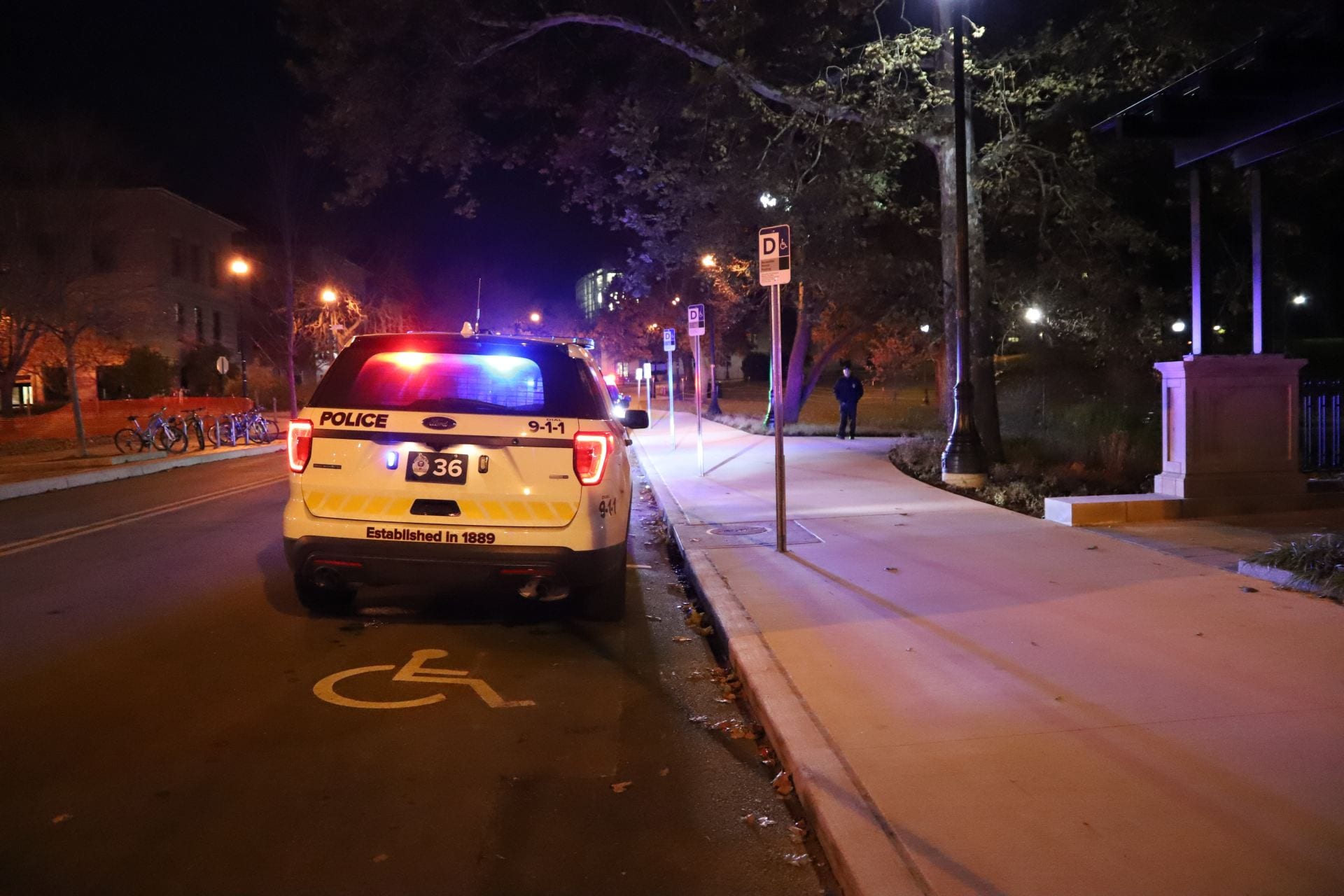
Ohio State will continue to monitor COVID-19 trends at the university and in Ohio to evaluate safety of in-person activities. Credit: Casey Cascaldo | Lantern File Photo
Ohio State students access their schoolwork with internet slow and fast — but even with lightspeed bandwidth, they may still struggle connecting socially.
Students who struggled to form or maintain meaningful relationships fall semester may see a few lights on the horizon in the form of quarantine periods reduced from 14 days to 10, the new Buckeye Connection Cohorts program and in-person activities scheduled to resume Feb. 1.
Senior Vice President for Student Life Melissa Shivers and Dean of the College of Public Health Amy Fairchild said Ohio State will continue to monitor COVID-19 trends at the university and in Ohio to evaluate the safety of in-person activities, but after hearing reports of students’ social struggles fall semester, they said increased interaction is necessary.
“We want to make sure that (what) we’re able to do is to be able to provide them with opportunities to be able to connect with other people,” Shivers said.
The university will launch Buckeye Connection Cohorts, informal meetings to connect small groups of students with student leaders. Shivers said it will begin in February — and will be virtual, at first. Students can register for Buckeye Connection Cohorts here.
Although the Buckeye Connection Cohorts marks a change for students’ social lives, Fairchild said the two biggest changes of the semester are the requirement for off-campus students to be tested weekly and to require a “green checkmark” on the Daily Health Report to use recreational facilities.
“It’s going to allow us to control spread in a way that’s much more quickly than what we saw last semester, if you look at the data, you saw that the on-campus rates began to come down much more quickly than off-campus rates,” Fairchild said.
About three weeks after Ohio State’s student population hit its single-day high of 6.7 percent testing positivity for COVID-19, the on-campus seven-day average positivity rate was below 1.5 percent; at the same time, that number for off-campus residents decreased to below 4 percent.
The change in quarantine policy comes from recent modifications to Centers for Disease Control and Prevention guidelines, Fairchild said.
The CDC announced on its website Dec. 10 that quarantine could be limited to 10 days with no symptoms or seven days with a negative test result on the fifth day or later.
However, due to the uncertainty of the virus, Fairchild said the university is prepared to pivot its stance on a moment’s notice.
Fairchild said the experience from the fall semester has enhanced the university’s contact tracing, which will help the university’s response to off-campus students.
“One of the things that we know is that the more time students spend off campus, the more likely they are to be infected,” Fairchild said.
Even though the university is aware of the risk of off-campus transmission, they will not be changing their disciplinary measures for off-campus COVID-19 policy violation, Shivers said.
Prior to the start of fall semester, Ohio State threatened students with suspensions and other punishments for violating COVID-19 policy, but despite filing 5,443 charges – only 32 suspensions have been issued so far.
Student conduct vans patrolled the off-campus area for mass gatherings, writing down addresses of those violating university and state COVID-19 guidelines and rewarding people hosting and attending gatherings of 10 or less.
“We will continue to do our carrot and stick approach,” Shivers said.
Shivers said she expects an increase in reports of mass gatherings upon the return of in-person classes, but the university will continue to use the conduct process to address off-campus mass gatherings.
The university will also continue to work with the city attorney’s office to remind off-campus bars and restaurants of the safe and healthy guidelines, Shivers said.
“We’ll continue our partnership and continue our accountability efforts in hopes that people will start to catch on and want the virus gone as much as we do,” Shivers said.


